Easy Grow Cucumbers: Imagine biting into a crisp, refreshing cucumber you nurtured from seed to salad, right in your own backyard! There’s something incredibly satisfying about growing your own food, and cucumbers are surprisingly easy to cultivate, even for beginner gardeners. For centuries, cucumbers have been a staple in diets around the world, with evidence suggesting their cultivation dates back over 3,000 years. From ancient Rome to modern-day picnics, these versatile veggies have always been a refreshing treat.
But let’s be honest, sometimes getting those perfect, plump cucumbers can feel like a challenge. Pests, diseases, and just plain finicky plants can leave you feeling defeated. That’s where these DIY tricks and hacks come in! I’m going to share some simple, yet effective methods to help you achieve a bountiful cucumber harvest.
Why do you need these tricks? Because everyone deserves to experience the joy of easy grow cucumbers without the frustration. These tips will help you maximize your yield, minimize common problems, and ultimately, enjoy the delicious fruits (or rather, vegetables!) of your labor. Get ready to transform your garden into a cucumber paradise!
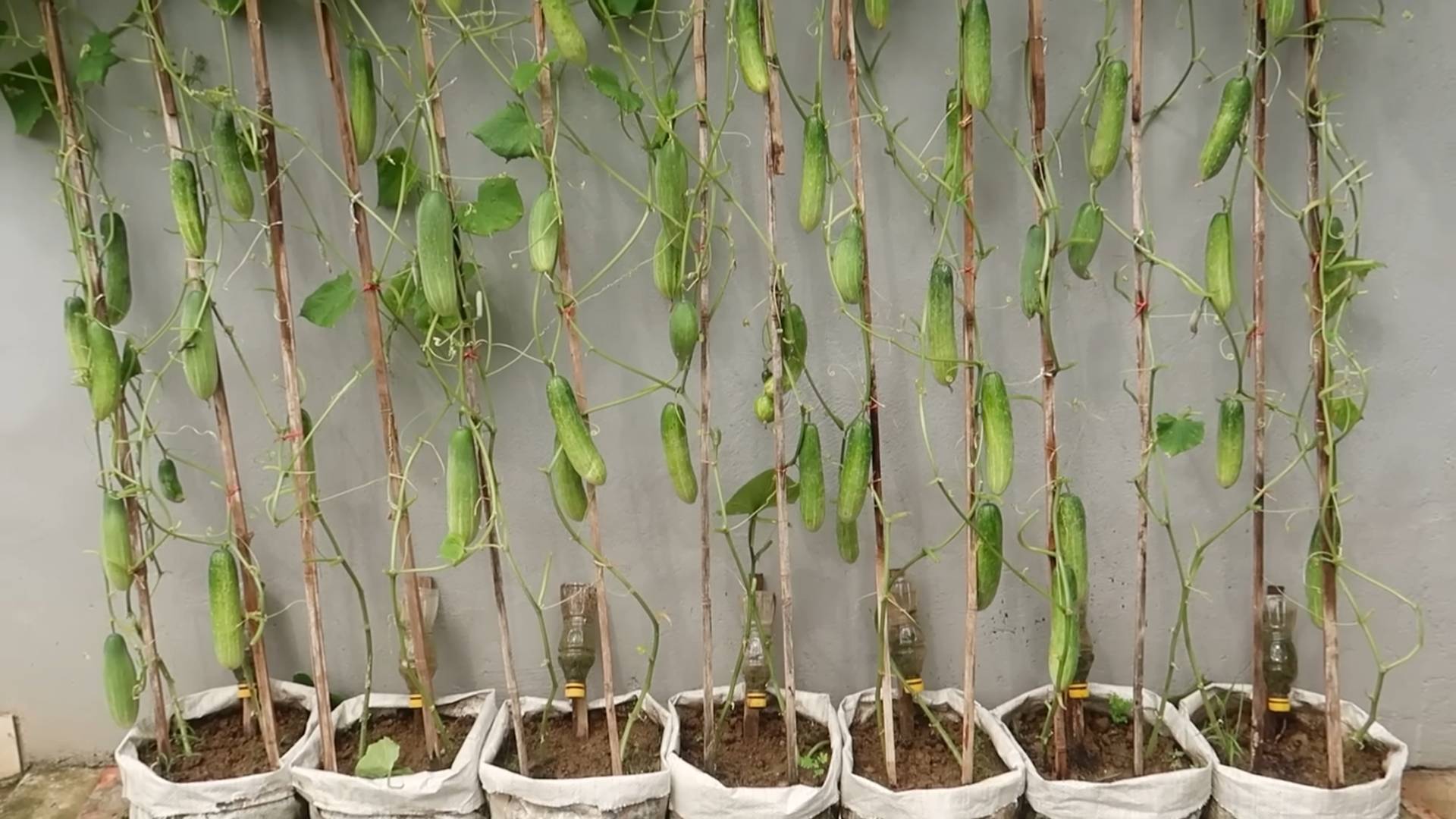
Grow Cucumbers Like a Pro: My Foolproof DIY Guide
Hey there, fellow gardening enthusiasts! I’m so excited to share my tried-and-true method for growing cucumbers – and trust me, even if you think you have a “brown thumb,” you can totally nail this. I’ve perfected this process over several seasons, and I’m confident you’ll be harvesting crisp, delicious cucumbers in no time. This guide will walk you through every step, from seed starting to harvesting, with plenty of tips and tricks I’ve learned along the way. Let’s get started!
Choosing the Right Cucumber Variety
Before we dive into the nitty-gritty, let’s talk about cucumber varieties. This is crucial because different types are suited for different purposes and growing conditions.
* **Slicing Cucumbers:** These are your classic cucumbers, perfect for salads and sandwiches. They typically have smooth, dark green skin. Some popular varieties include ‘Marketmore 76’, ‘Straight Eight’, and ‘Dasher II’.
* **Pickling Cucumbers:** These are shorter and stubbier than slicing cucumbers, with bumpy skin. They’re ideal for making pickles, of course! ‘National Pickling’, ‘Boston Pickling’, and ‘Bush Pickle’ are excellent choices.
* **Burpless Cucumbers:** These varieties are bred to be less bitter and easier to digest. ‘Sweet Slice’, ‘Armenian’, and ‘English Telegraph’ are popular options.
* **Bush Cucumbers:** If you’re short on space, bush cucumbers are your best bet. They grow in a compact form, making them perfect for containers or small gardens. ‘Spacemaster’, ‘Bush Champion’, and ‘Patio Snacker’ are great choices.
Consider your climate and growing space when selecting your cucumber variety. Some varieties are more heat-tolerant or disease-resistant than others. Read the seed packet descriptions carefully to choose the best option for your needs.
Starting Your Cucumber Seeds (Indoors or Out)
You have two options for starting your cucumber seeds: indoors or directly in the garden. I personally prefer starting them indoors to get a head start, especially if you live in a cooler climate.
Starting Seeds Indoors:
* **Timing is Key:** Start your seeds about 3-4 weeks before the last expected frost in your area.
* **Seed Starting Mix:** Use a high-quality seed starting mix that’s light and well-draining. Avoid using garden soil, as it can be too heavy and compact.
* **Containers:** I like to use individual peat pots or biodegradable containers. This minimizes root disturbance when transplanting.
* **Planting Depth:** Plant the seeds about ½ inch deep.
* **Watering:** Gently water the soil until it’s moist but not soggy.
* **Warmth and Light:** Place the containers in a warm location (around 70-80°F) and provide plenty of light. A heat mat can help speed up germination. If you don’t have a sunny window, use a grow light.
* **Germination:** Cucumber seeds typically germinate within 5-10 days.
* **Thinning:** If more than one seed germinates in a container, thin to the strongest seedling.
* **Hardening Off:** Before transplanting your seedlings outdoors, you’ll need to “harden them off.” This gradually acclimates them to outdoor conditions. Start by placing them outside for a few hours each day, gradually increasing the amount of time they spend outdoors over the course of a week.
Direct Sowing:
* **Wait for Warm Soil:** Make sure the soil temperature is at least 60°F before direct sowing. Cucumbers are very sensitive to cold.
* **Prepare the Soil:** Amend the soil with compost or well-rotted manure to improve drainage and fertility.
* **Planting Depth:** Plant the seeds about ½ inch deep.
* **Spacing:** Space the seeds according to the instructions on the seed packet.
* **Watering:** Water the soil gently after planting.
* **Protect from Pests:** Keep an eye out for pests like slugs and snails, which can damage young seedlings.
Preparing Your Garden Bed
Cucumbers are heavy feeders, so preparing your garden bed properly is essential for a bountiful harvest.
* **Sunlight:** Choose a location that receives at least 6-8 hours of sunlight per day.
* **Soil:** Cucumbers prefer well-drained, fertile soil with a pH of 6.0-7.0.
* **Amendments:** Amend the soil with plenty of compost or well-rotted manure. I also like to add a slow-release organic fertilizer.
* **Trellising:** Cucumbers are vining plants, so they need a trellis or other support to climb on. This helps to keep the fruits off the ground, preventing rot and making them easier to harvest. You can use a simple A-frame trellis, a wire fence, or even a tomato cage.
Transplanting Your Cucumber Seedlings (If Starting Indoors)
Once your seedlings have developed a few sets of true leaves and the danger of frost has passed, it’s time to transplant them into the garden.
1. **Choose a Cloudy Day:** Transplanting on a cloudy day will help to reduce stress on the seedlings.
2. **Dig Holes:** Dig holes that are slightly larger than the root balls of your seedlings.
3. **Carefully Remove Seedlings:** Gently remove the seedlings from their containers, being careful not to damage the roots. If you used peat pots, you can plant the entire pot directly into the ground.
4. **Plant Seedlings:** Place the seedlings in the holes and backfill with soil.
5. **Water Thoroughly:** Water the seedlings thoroughly after planting.
6. **Mulch:** Apply a layer of mulch around the plants to help retain moisture and suppress weeds. I like to use straw or wood chips.
Caring for Your Cucumber Plants
Once your cucumber plants are established, it’s important to provide them with proper care to ensure a healthy and productive harvest.
* **Watering:** Cucumbers need consistent moisture, especially during hot weather. Water deeply and regularly, aiming for about 1 inch of water per week. Avoid overhead watering, as this can promote fungal diseases. Drip irrigation or soaker hoses are ideal.
* **Fertilizing:** Feed your cucumber plants every 2-3 weeks with a balanced organic fertilizer.
* **Pruning:** Pruning can help to improve air circulation and encourage fruit production. Remove any yellowing or diseased leaves. You can also prune the side shoots (suckers) that grow from the main stem.
* **Pest Control:** Keep an eye out for pests like cucumber beetles, squash bugs, and aphids. Handpick them off the plants or use an organic insecticide like neem oil or insecticidal soap.
* **Weed Control:** Keep the garden bed free of weeds, which can compete with your cucumber plants for nutrients and water.
Pollination: Ensuring a Bountiful Harvest
Cucumbers are typically pollinated by bees. If you’re not seeing many bees in your garden, you may need to hand-pollinate your cucumber flowers.
* **Identify Male and Female Flowers:** Male flowers have a long, thin stem, while female flowers have a small cucumber-like fruit at the base.
* **Hand-Pollinate:** Use a small paintbrush or cotton swab to transfer pollen from the male flower to the female flower. Do this in the morning, when the pollen is most viable.
Note: Some cucumber varieties are parthenocarpic, meaning they don’t require pollination to produce fruit. These varieties are ideal for growing in greenhouses or areas with limited bee activity.
Harvesting Your Cucumbers
The moment you’ve been waiting for! Harvesting your cucumbers at the right time is crucial for optimal flavor and texture.
* **Harvest Time:** Harvest your cucumbers when they reach the desired size and color. Check the seed packet for specific harvesting instructions.
* **Harvesting Technique:** Use a sharp knife or pruning shears to cut the cucumbers from the vine. Be careful not to damage the plant.
* **Regular Harvesting:** Harvest your cucumbers regularly to encourage continued fruit production. Overripe cucumbers can become bitter and seedy.
Tip: The more you harvest, the more your plants will produce!
Dealing with Common Cucumber Problems
Even with the best care, you may encounter some problems while growing cucumbers. Here are a few common issues and how to address them:
* **Powdery Mildew:** This fungal disease appears as a white, powdery coating on the leaves. Improve air circulation by pruning the plants and avoid overhead watering. You can also spray with a fungicide.
* **Cucumber Beetles:** These small, yellow and black beetles can damage leaves and transmit diseases. Handpick them off the plants or use an organic insecticide.
* **Squash Bugs:** These pests suck the sap from the leaves, causing them to wilt and die. Handpick them off the plants or use an organic insecticide.
* **Blossom End Rot:** This condition causes the blossom end of the cucumber to rot. It’s usually caused by
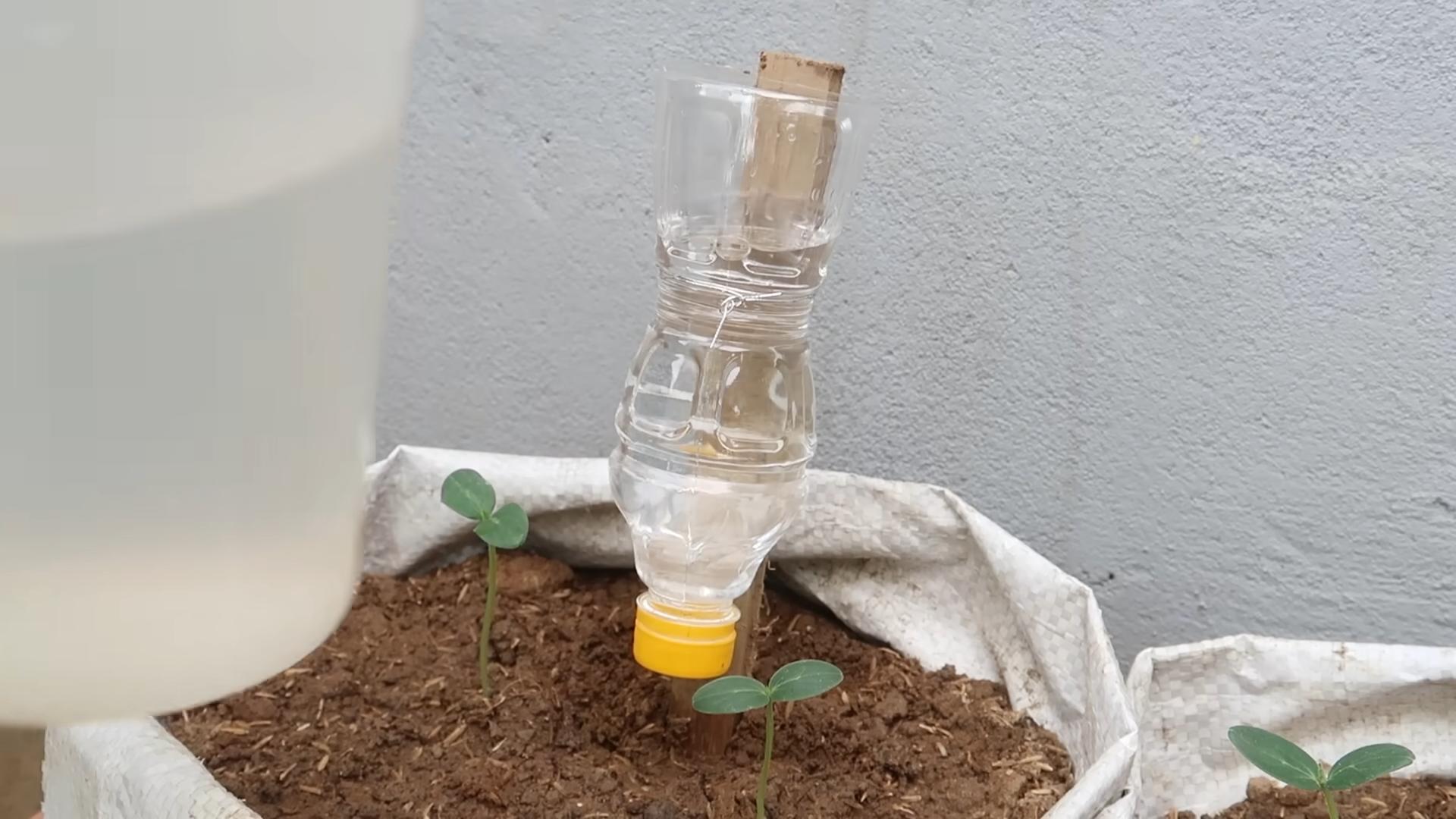
Conclusion
So, there you have it! Mastering the art of growing cucumbers doesn’t have to be a daunting task. By implementing this simple yet effective DIY trick, you’re setting yourself up for a bountiful harvest of crisp, delicious cucumbers right in your own backyard (or balcony!). We’ve shown you how to create the perfect environment for your cucumber plants to thrive, addressing common issues like poor drainage, lack of support, and inefficient watering, all with readily available materials.
This isn’t just about saving money; it’s about taking control of your food source and enjoying the satisfaction of nurturing something from seed to table. Imagine the taste of a freshly picked cucumber, still warm from the sun, in your favorite salad or pickled for a tangy treat. That’s the reward waiting for you.
But the benefits extend beyond just the taste. By using this DIY method, you’re also promoting healthier plants. The improved drainage prevents root rot, a common cucumber killer, while the vertical support encourages better air circulation, reducing the risk of fungal diseases. And let’s not forget the environmental impact – reducing your reliance on commercially grown cucumbers means less transportation and fewer pesticides.
Why is this DIY trick a must-try? Because it’s easy, affordable, effective, and sustainable. It addresses the core needs of cucumber plants, leading to healthier, more productive vines and a significantly larger yield. You’ll be amazed at the difference it makes!
Now, let’s talk about variations. Feel free to adapt this method to suit your specific needs and resources. For example, if you don’t have access to plastic containers, you could use repurposed wooden crates or even build a raised bed with integrated supports. The key is to ensure good drainage and provide a sturdy structure for the vines to climb.
Consider experimenting with different types of supports. While bamboo stakes and twine work well, you could also use metal trellises or even repurposed fencing. Get creative and find what works best for your space and aesthetic.
Another variation involves the soil mix. While we recommended a basic blend of potting soil, compost, and perlite, you can customize it further based on your local soil conditions. If your soil is heavy clay, add more perlite or sand to improve drainage. If it’s sandy, add more compost to retain moisture.
And don’t forget about companion planting! Cucumbers love growing alongside certain herbs and vegetables that can help deter pests and improve growth. Consider planting basil, marigolds, or nasturtiums near your cucumber plants for added benefits.
We are confident that this DIY trick will revolutionize your cucumber growing experience. It’s a game-changer that will transform your garden and your plate.
So, what are you waiting for? Gather your materials, follow our simple steps, and get ready to enjoy a bumper crop of delicious, homegrown cucumbers. We encourage you to try this DIY trick and share your experience with us. Post photos of your cucumber plants, tell us about your successes (and any challenges you encounter), and let’s learn from each other. Together, we can create a community of thriving cucumber growers! Remember, growing your own food is not just a hobby; it’s a way to connect with nature, nourish your body, and empower yourself. Happy growing!
Frequently Asked Questions (FAQs)
What type of cucumbers are best suited for this DIY growing method?
This DIY method is versatile and works well for most cucumber varieties, including slicing cucumbers, pickling cucumbers, and even specialty varieties like lemon cucumbers or Armenian cucumbers. The key is to choose a variety that is well-suited to your local climate and growing conditions. Bush varieties, while not requiring as much vertical support, can still benefit from the improved drainage and soil conditions provided by this method. Vining varieties will thrive with the added support.
How often should I water my cucumber plants grown using this method?
Watering frequency depends on several factors, including the weather, the type of soil you’re using, and the size of your container. As a general rule, you should water your cucumber plants deeply whenever the top inch of soil feels dry to the touch. During hot, dry weather, you may need to water them daily. Avoid overwatering, as this can lead to root rot. The improved drainage provided by this DIY method will help prevent waterlogging, but it’s still important to monitor the soil moisture carefully. A good way to check is to stick your finger about an inch into the soil. If it feels dry, it’s time to water.
What kind of fertilizer should I use for my cucumber plants?
Cucumbers are heavy feeders and benefit from regular fertilization. Start with a balanced fertilizer (e.g., 10-10-10) when planting, and then switch to a fertilizer that is higher in phosphorus and potassium once the plants start to flower and produce fruit. You can use a liquid fertilizer, a granular fertilizer, or even compost tea. Follow the instructions on the fertilizer package carefully, and avoid over-fertilizing, as this can burn the roots of your plants. Organic options like fish emulsion or seaweed extract are also excellent choices.
How do I prevent pests and diseases from affecting my cucumber plants?
Prevention is key when it comes to pests and diseases. Start by choosing disease-resistant cucumber varieties. Ensure good air circulation around your plants by spacing them properly and providing adequate support. Regularly inspect your plants for signs of pests or diseases, such as aphids, squash bugs, or powdery mildew. If you spot any problems, take action immediately. You can use insecticidal soap, neem oil, or other organic pest control methods to control pests. For diseases, you can use copper fungicide or other appropriate treatments. Companion planting, as mentioned earlier, can also help deter pests and diseases.
How long does it take for cucumbers to mature and be ready for harvest?
The time it takes for cucumbers to mature depends on the variety and growing conditions. Generally, cucumbers are ready for harvest about 50-70 days after planting. Check the seed packet or plant tag for specific information on the variety you’re growing. Harvest cucumbers when they are the desired size and color. Overripe cucumbers can become bitter and seedy. Regular harvesting encourages the plants to produce more fruit.
Can I use this DIY method for other vining vegetables, such as tomatoes or squash?
Yes, this DIY method can be adapted for other vining vegetables, such as tomatoes, squash, and melons. The key is to adjust the size and strength of the support structure to accommodate the weight of the mature plants and fruits. For tomatoes, you may need to use sturdier stakes or cages. For squash and melons, you may need to provide additional support for the fruits to prevent them from breaking off the vines. The improved drainage and soil conditions provided by this method will benefit most vining vegetables.
What if I don’t have a lot of space? Can I still use this method?
Absolutely! This DIY method is perfect for small spaces, such as balconies or patios. You can use smaller containers and train the cucumber vines to grow vertically, maximizing your growing space. Choose bush varieties of cucumbers if space is particularly limited. Even a single cucumber plant grown in a container can provide a surprisingly large harvest.
How do I deal with yellowing leaves on my cucumber plants?
Yellowing leaves can be a sign of several problems, including overwatering, underwatering, nutrient deficiencies, or diseases. Check the soil moisture and adjust your watering schedule accordingly. Fertilize your plants regularly to ensure they are getting enough nutrients. Inspect the leaves for signs of pests or diseases. If you suspect a disease, treat your plants with an appropriate fungicide. If the yellowing is only affecting the lower leaves, it may simply be a sign of natural aging.
Can I reuse the soil from my cucumber containers for other plants?
Yes, you can reuse the soil from your cucumber containers, but it’s important to amend it before planting other crops. Cucumber plants can deplete the soil of nutrients, so you’ll need to replenish them by adding compost, fertilizer, or other soil amendments. You should also remove any old roots or plant debris from the soil. If you suspect that the soil is contaminated with diseases, you may want to sterilize it before reusing it.

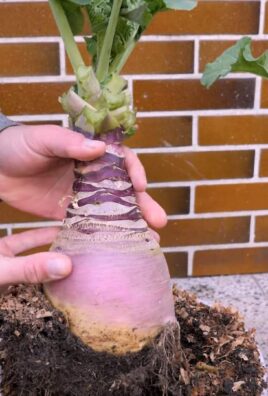
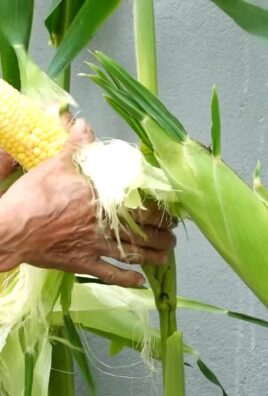
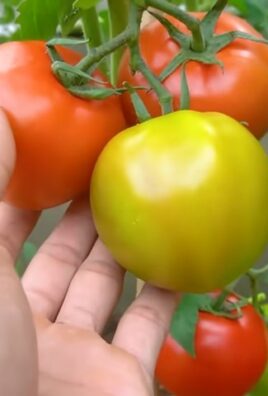
Leave a Comment